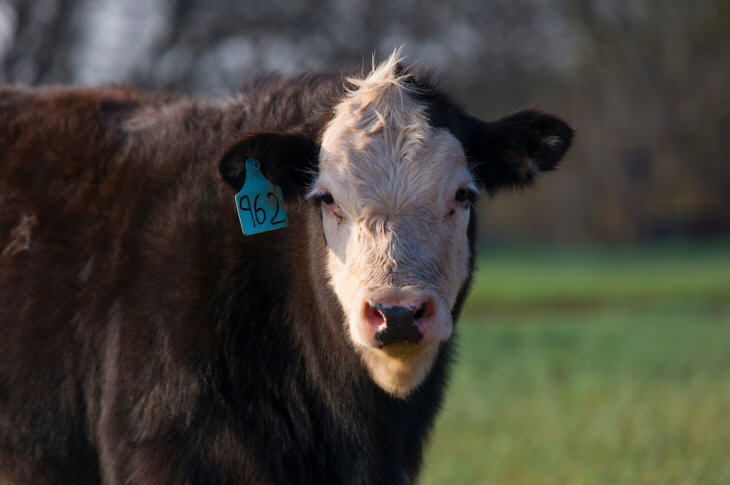
Summer-like temperatures can affect artificial insemination programs for beef herds
Thursday, May 10, 2018
It’s gotten hot quickly, and that means it is imperative Oklahoma cattle breeders who choose to synchronize and then artificially inseminate replacement heifers or cows take into account the effects increased daytime temperatures can have on conception rates.
“For years, producers who bred animals artificially upon detected standing estrus typically and almost automatically would wait 12 hours before breeding the female in heat,” said Glenn Selk, Oklahoma State University Cooperative Extension emeritus cattle specialist and managing editor of the popular OSU Cow Calf Corner newsletter.
In short, the cow-calf breeders would default to what is called the AM-PM rule of artificial insemination. If the cow or heifer was first observed in standing heat in the morning, the animal would be inseminated that evening. If the cow or heifer was first observed in standing heat in the evening, she would be inseminated the following morning.
“Extensive research with dairy cattle indicated there is no significant advantage to the AM-PM rule,” Selk said. “Research reported in the Journal of Dairy Science in 1994 indicated similar pregnancy rates have resulted from inseminating female animals only in the morning compared to following the AM-PM rule. In addition, other research conducted at Oklahoma State on the internal temperature of heat-stressed cattle adds even more concern about handling and inseminating cattle in the evening.”
The OSU research team of Timothy Pye, Brit Boehmer and Bob Wettemann – as reported in the 2011 American Society of Animal Science Midwest Abstracts – conducted a study with rumen temperature boluses that indicated the core body temperature of beef cows peak two to five hours after the highest daytime temperature.
“On a hot spring or summer day, the highest daytime temperature is often late afternoon,” Selk said. “Therefore the peak body temperature of cattle will occur at 6 p.m. to 11 p.m. Additional research implicates elevated core body temperatures with reduced pregnancy rates in heat-stressed cattle. This data is especially important for producers in Southern Plains states.”
Selk added inseminating all cattle in the morning hours would avoid the heat stress of evening breeding. Some would be bred at first standing heat while others would be bred at the conventional 12-hour period following standing heat.
“Bottom line: If timed artificial insemination is a cattle breeder’s method of choice, research shows artificial insemination of replacement heifers and adult cows should be scheduled for the morning hours,” he said.
Oklahoma is the nation’s fifth-leading producer of cattle and calves, according to USDA National Agricultural Statistics Service data.
The Oklahoma Cooperative Extension Service is one of two state agencies administered by OSU’s Division of Agricultural Sciences and Natural Resources, and is a key part of the university’s state and federally mandated teaching, research and Extension land-grant mission.
